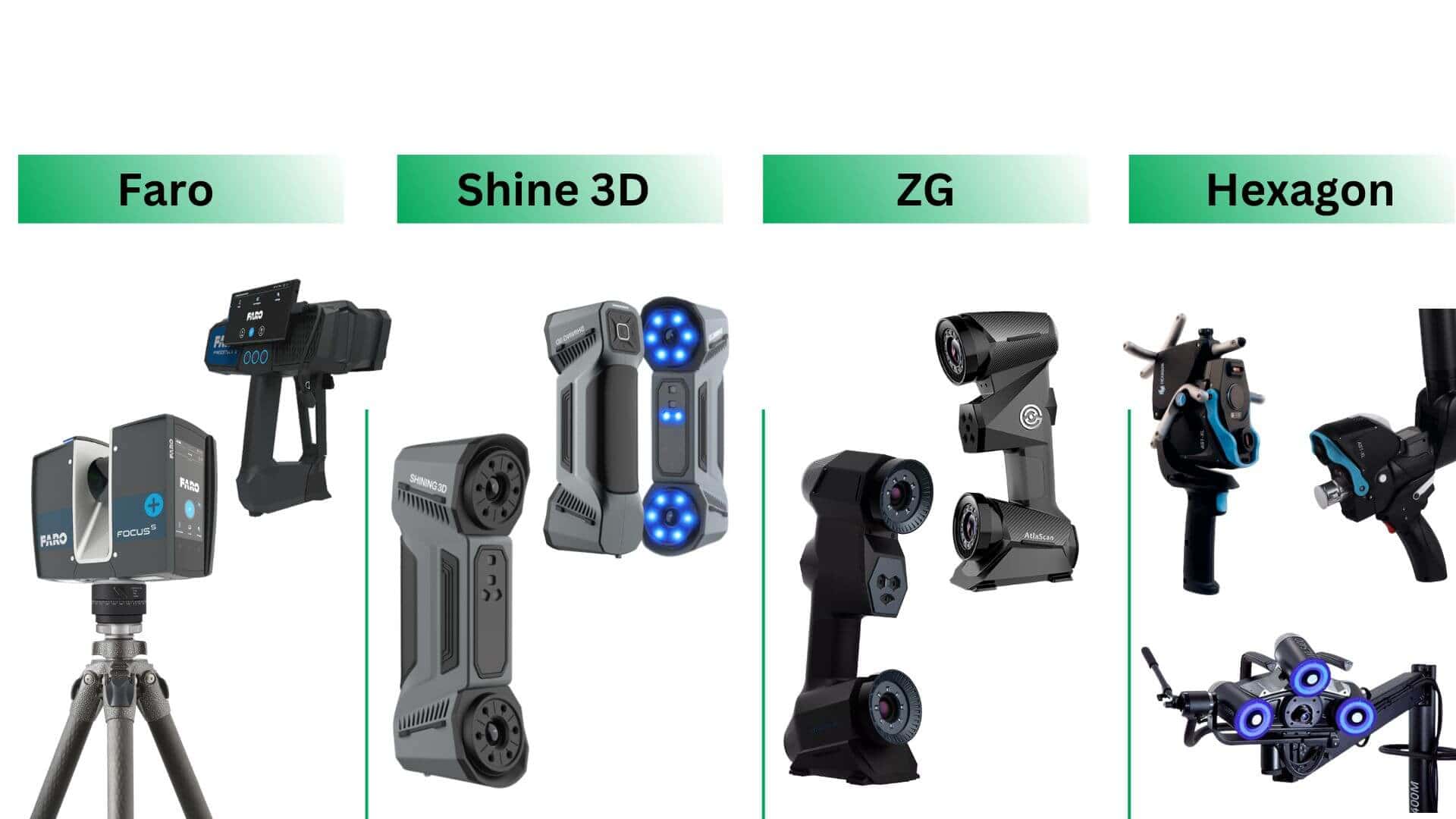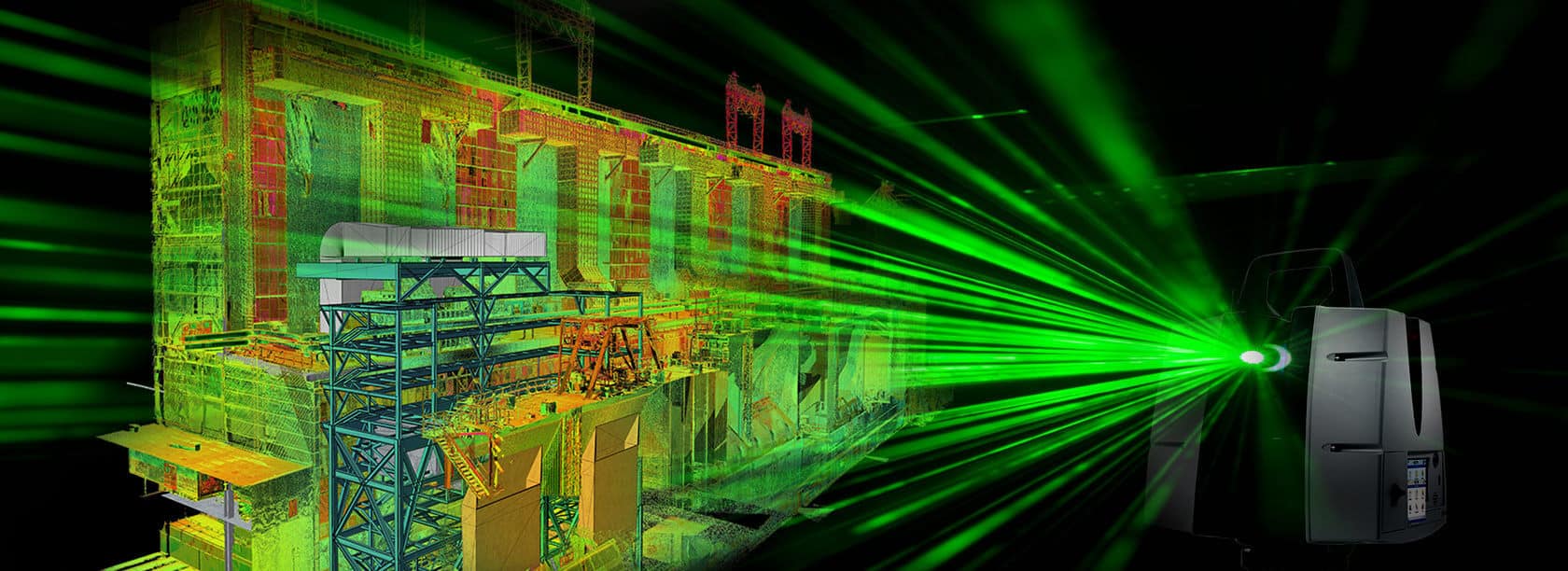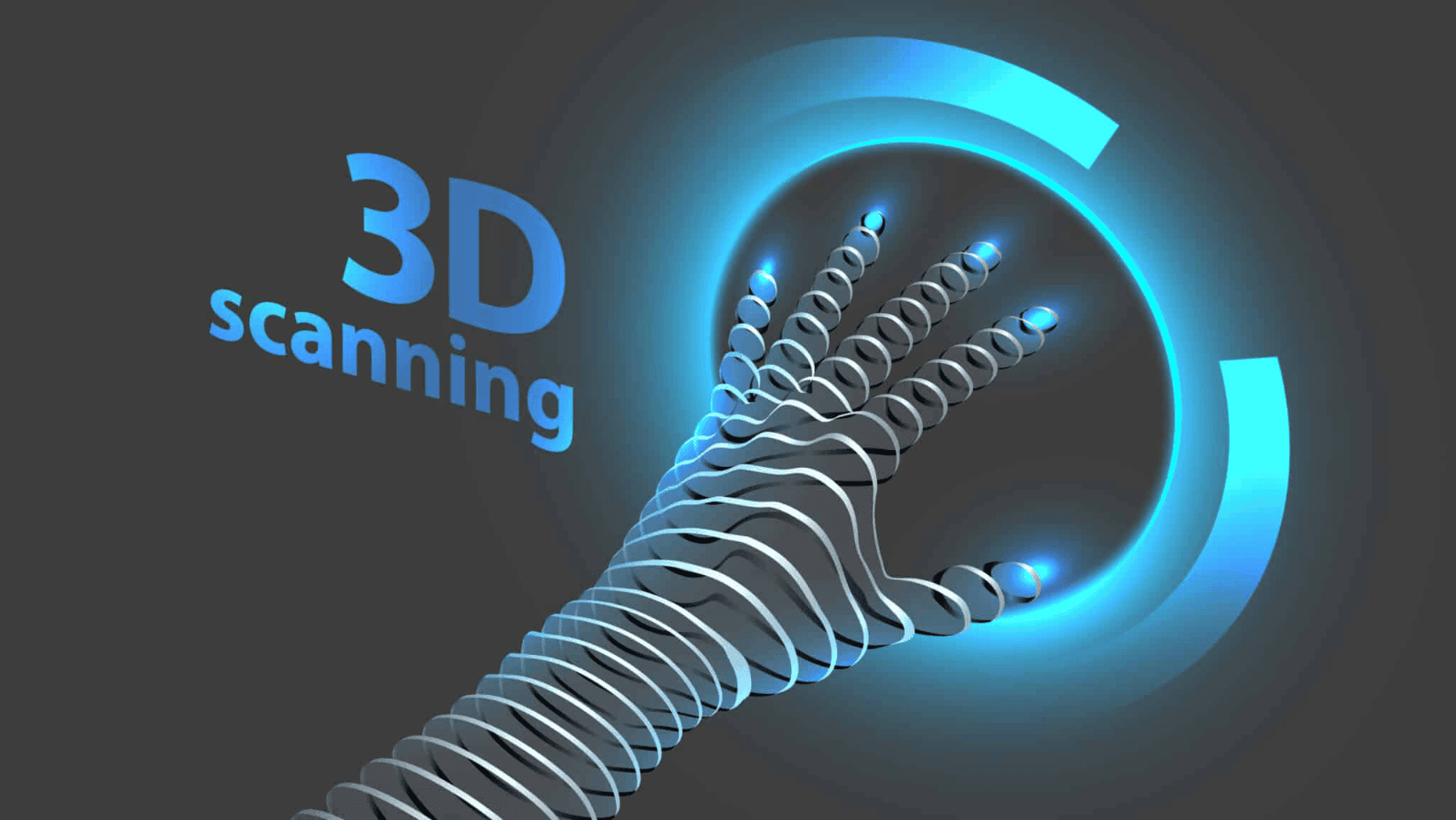Portable 3D Scanner Bring Precision & Mobility to Digital Imaging.
Introduction:
In the ever-evolving realm of technology, the landscape of various industries is continually being reshaped by innovation. A significant breakthrough in this regard is the introduction of portable 3D scanners. The way we capture and digitize the physical world has been revolutionized by these compact devices, providing unmatched precision and flexibility. In this blog, key features, applications, and benefits of portable 3D scanners will be explored, showcasing their transformative impact across diverse fields.
Understanding Portable 3D Scanner:
Cutting-edge optical technologies are harnessed by portable 3D scanners to capture the geometry and texture of physical objects, yielding highly accurate three-dimensional digital models. Distinguished from traditional stationary scanners, these portable counterparts provide the advantage of mobility, enabling objects to be scanned effortlessly in various environments.
Key Features:
- Compact Design: The most distinctive feature of portable 3D scanners is their compact and lightweight design. This makes them highly portable and convenient for on-the-go scanning, whether in a manufacturing facility, archaeological site, or even outdoors.
- High Precision: Despite their small size, portable 3D scanners boast impressive precision levels. Many models on the market can achieve sub-millimeter accuracy, ensuring that even the smallest details of an object are faithfully captured in the digital model.
- Versatility: These scanners are versatile tools capable of capturing a wide range of objects, from small intricate items to large structures. Their adaptability makes them suitable for applications across industries such as manufacturing, healthcare, art and design, and more.
Applications:
- Reverse Engineering: Portable 3D scanners play a crucial role in reverse engineering by capturing the detailed geometry of existing objects. This is particularly valuable in industries like automotive and aerospace, where components and prototypes need to be precisely replicated or improved upon.
- Quality Control in Manufacturing: Manufacturers use portable 3D scanners for quality control purposes. The scanners help identify defects, deviations, or inconsistencies in the production process by comparing scanned models to the original design specifications.
- Archaeology and Cultural Heritage: In archaeology, these scanners aid in the preservation and documentation of artifacts and historical sites. The ability to create accurate digital replicas ensures that cultural heritage is safeguarded for future generations.
- Medical Applications: In the medical field, portable 3D scanners contribute to the creation of custom-fit prosthetics, and orthopedic implants, and even aid in surgical planning by providing detailed anatomical models.
Benefits:
- Increased Efficiency: Portable 3D scanners streamline the data capture process, reducing the time and effort required for traditional measurement methods. This leads to increased efficiency in various applications, saving valuable resources.
- Enhanced Accuracy: The high precision of portable 3D scanners ensures that the digital models created are faithful representations of the scanned objects. This accuracy is crucial in applications where precision is paramount.
- Cost-Effective Solutions: While high-quality 3D scanners used to be prohibitively expensive, the portable variants offer cost-effective solutions without compromising on performance. This democratization of technology makes it accessible to a broader range of industries and professionals.
Conclusion:
Portable 3D scanners have emerged as powerful tools, reshaping the way we capture and interact with the physical world. Their compact design, high precision, and versatility make them indispensable in various industries, from manufacturing to healthcare and beyond. As technology continues to evolve, the impact of portable 3D scanners is set to grow, driving innovation and efficiency across diverse fields.






